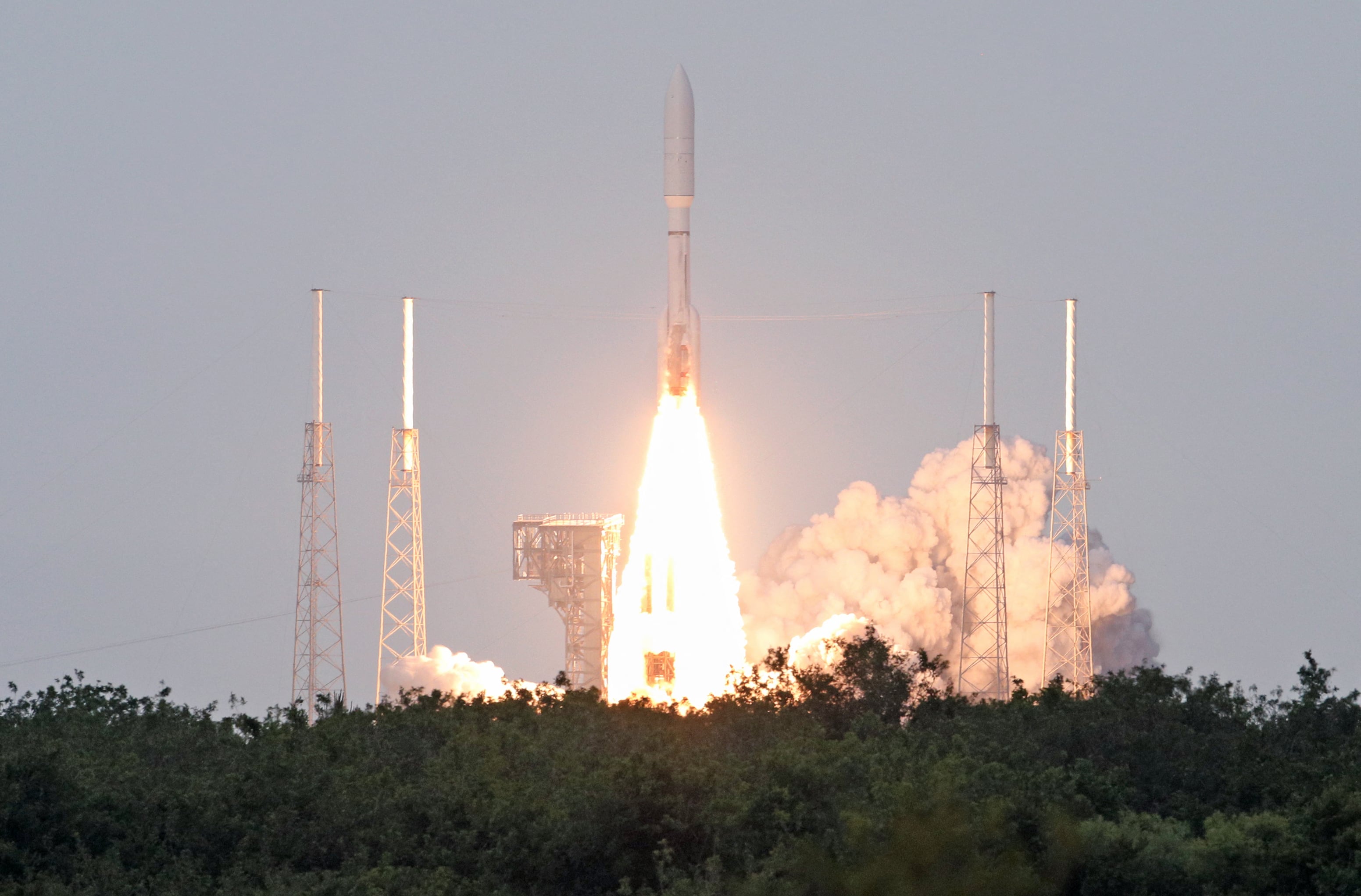This is the first part of a two part series exploring how the Army is considering using cyber techniques on the battlefield.
The Army has introduced three new concepts for 21st century battles including a new counter-drone capability, a tactical “cyberfire” used to neutralize enemies and cyber-enabled attacks as part of an ongoing pilot program.
The service is iteratively adding these capabilities to the Cyber and Electromagnetic Activity (CEMA) Support to Corps and Below (CSCB) pilot program that explores where cyber, electronic warfare and information operations capabilities should exist on the battlefield.
RELATED

Maj. Wayne Sanders, the lead for the CSCB pilot, in an interview with Fifth Domain, said the counter-drone capability was part of training for a unit providing force protection against a key adversary’s drone capability.
In terms of tactical cyber counterfire, Sanders explained that the brigade combat team successfully identified an adversary’s cyber activity in their networks, requested support to return fire to stop the attack not simply plug holes from a defensive perspective. This was the first time this had been done, he added.
If a unit is being fired upon, Sanders said, it is going to want to be able to return fire.

Sanders also described how units explored what they called cyber-enabled kinetic effects, which involved leveraging cyberspace as a surveillance capability to identify targets in physical space. By penetrating an IP camera network, data was fed back into the brigade operations center to try and identify a high value target. While teams didn’t know the exact location of the target identified by the hacked camera, they used their intelligence platform and the geospatial intelligence team to confirm the target’s location for a kinetic strike.
“We helped shape the commander’s understanding of the battlefield and we already knew that it was a brigade high payoff target so we’ve leveraged our capability within cyberspace to help them deliver a kinetic strike,” Sanders said.
This capability can be done both remotely and locally, but in this example, Sanders said it was done locally with expeditionary forces gaining the intelligence.
Expeditionary cyber teams
The goal of these rotations is to see what types of capabilities can be integrated into tactical units rather than always having to rely on remote capabilities that are in high demand.
RELATED

The Army is working on a construct of expeditionary CEMA teams – a recommended scalable force structure within Army Cyber Command that provides offensive and defensive cyber operations, electronic warfare analysis and capability and information operations – that the brigades don’t currently have.
The Army is assessing these capabilities and force structure to make recommendations to the Army.
These teams can be tailored if the brigade commander has a cyberspace operational need that requires these capabilities. Prior to the rotations, Army Cyber Command will get with the brigade leadership 180 days prior to ask what exactly the commander desires to complete their mission, and they tailor the team and effects accordingly.
The capabilities that exist within the brigade currently, Sanders said, are EW personnel and CEMA chiefs who are cyber and EW planners. “The point of that expeditionary CEMA team construct is to potentially reinforce a brigade commander’s requirement,” he said.
Future of the pilot
The pilot was initially envisioned to go for eight rotations, with the eighth concluding last year. However, leaders have said they expect to continue with about three rotations a year.
Lt. Gen. Paul Nakasone, commander of Army Cyber Command, told C4ISRNET in an interview over the summer that the Army has requested a report on what has been learned through the pilot thus far. The report will be completed in the coming fiscal year, he said, adding there will be recommendations of where the Army should go with the manning, equipping, training and employment of these elements.
Sanders said as the Army is transitioning into this assessment period, it will seek to provide Army leadership with options to potentially build the force structure to support the work of the pilot.
Part two will explore the effects and authorities construct to employing tactical cyber teams.
Mark Pomerleau is a reporter for C4ISRNET, covering information warfare and cyberspace.








